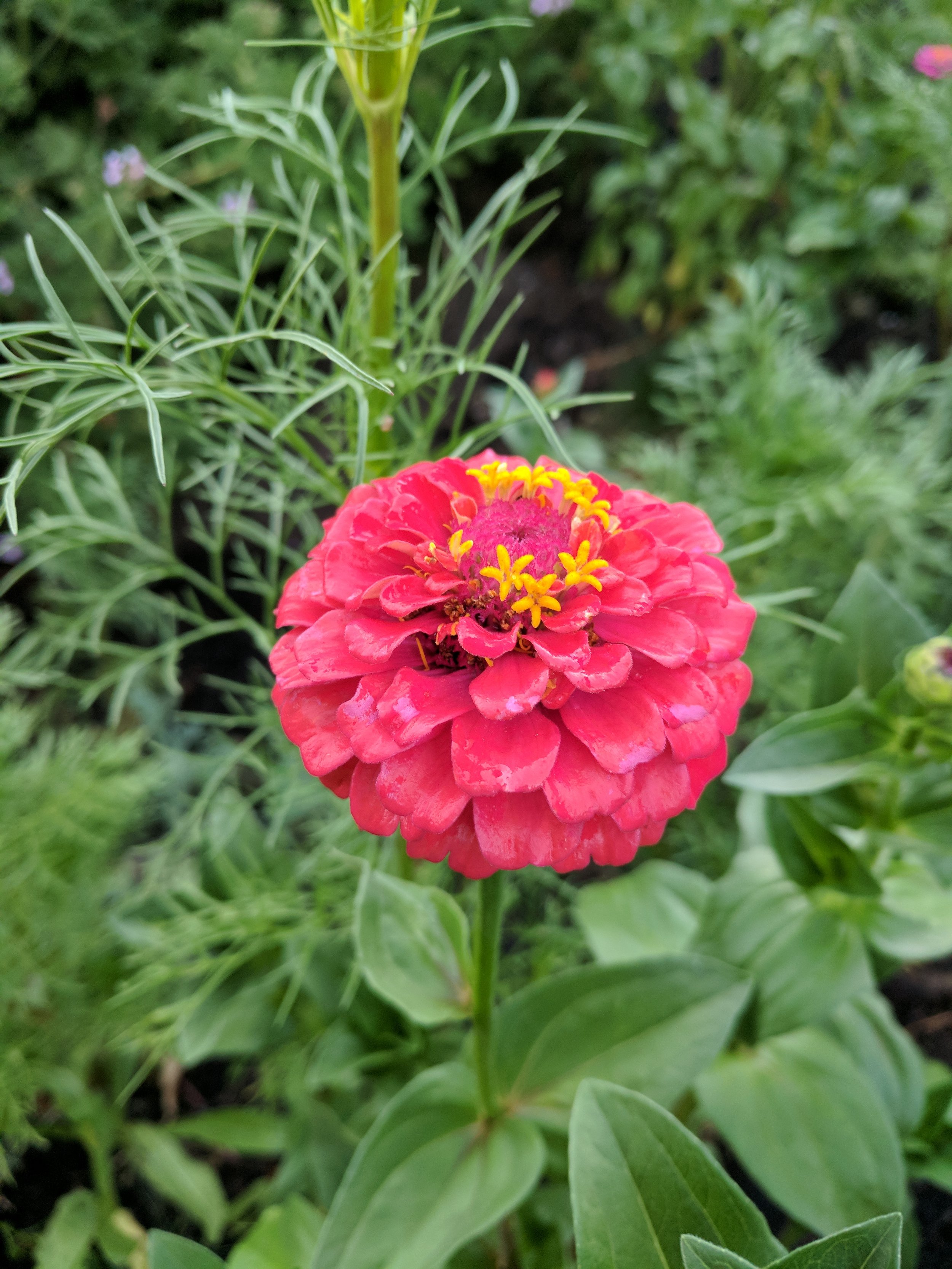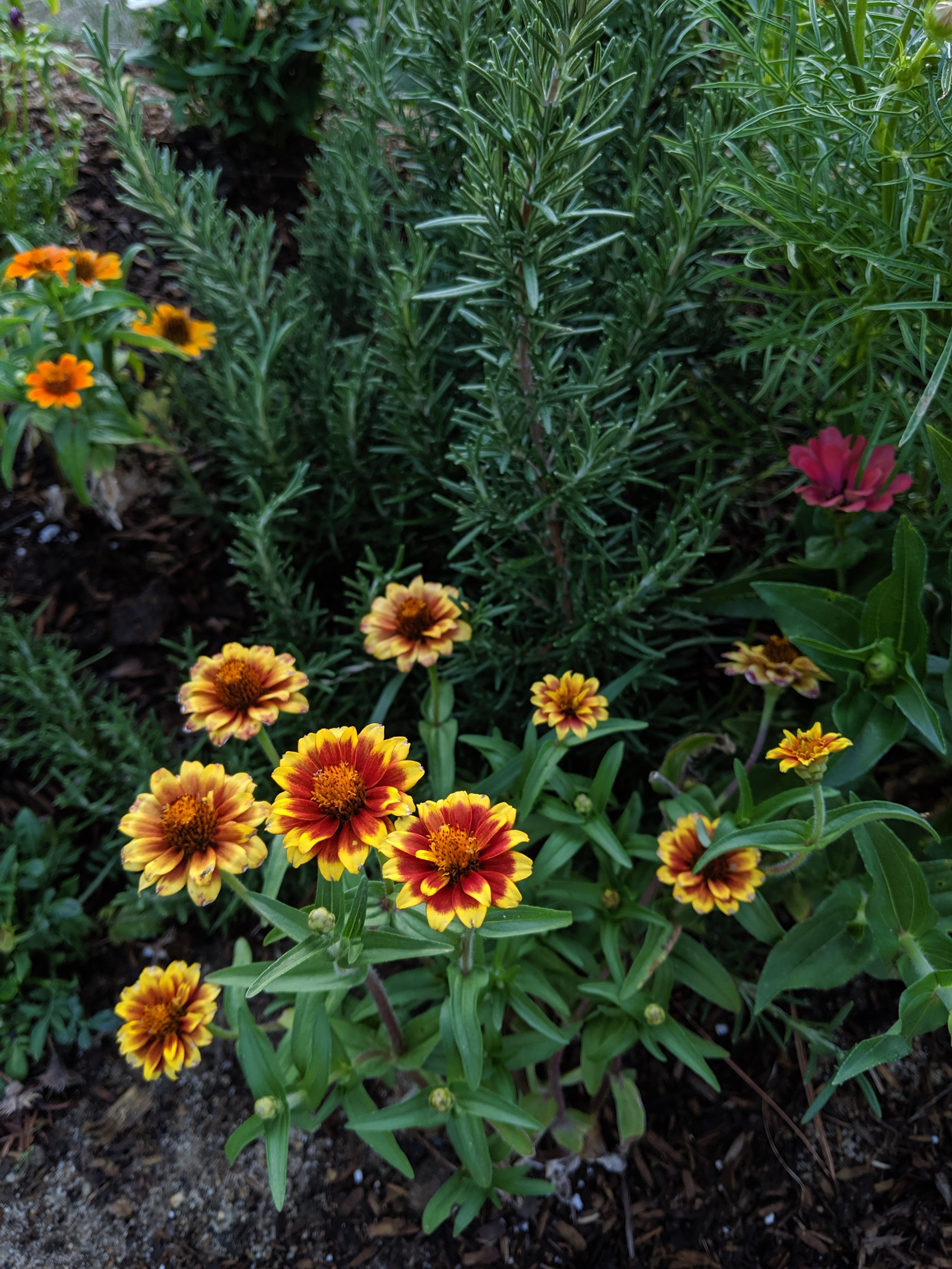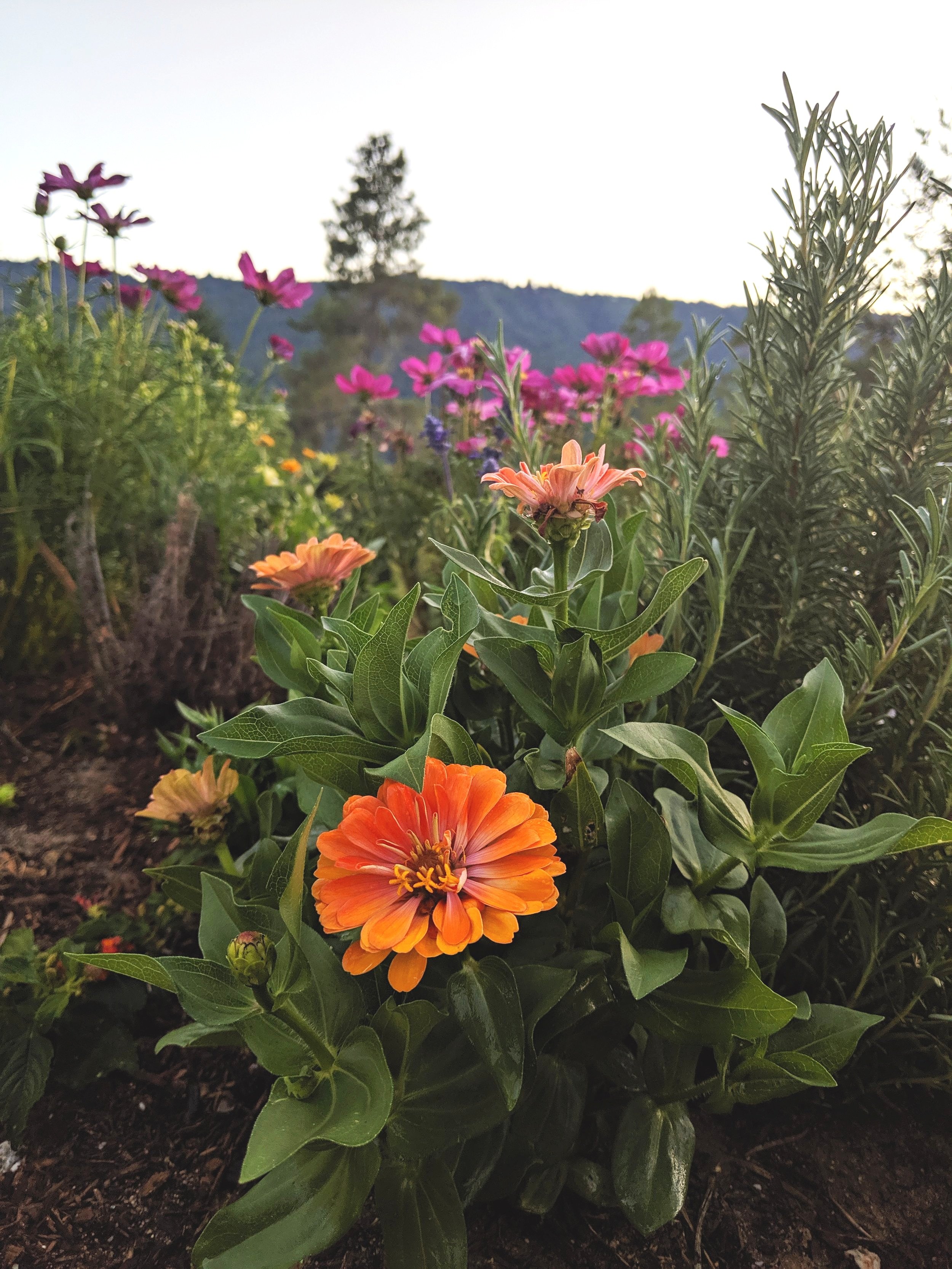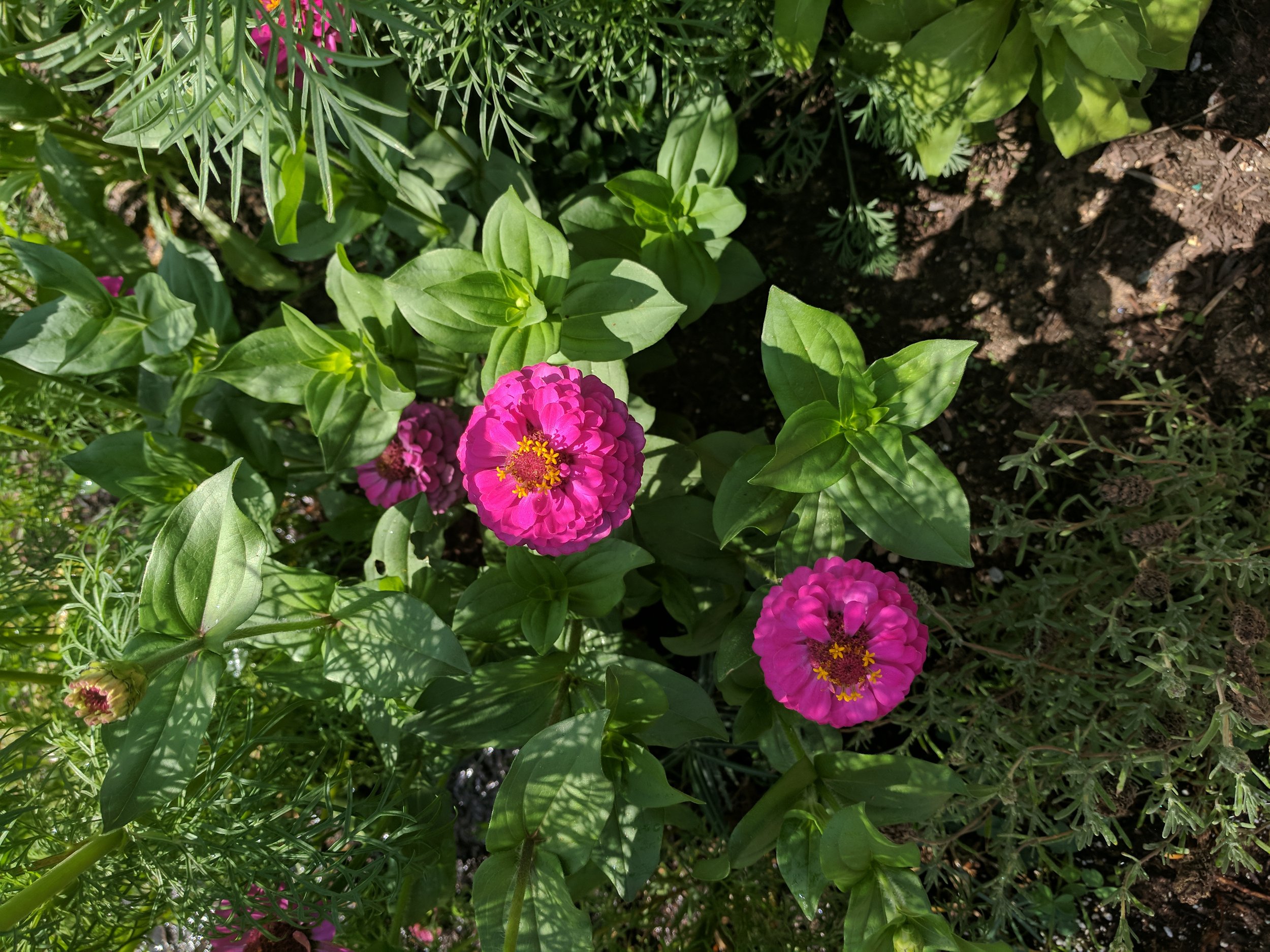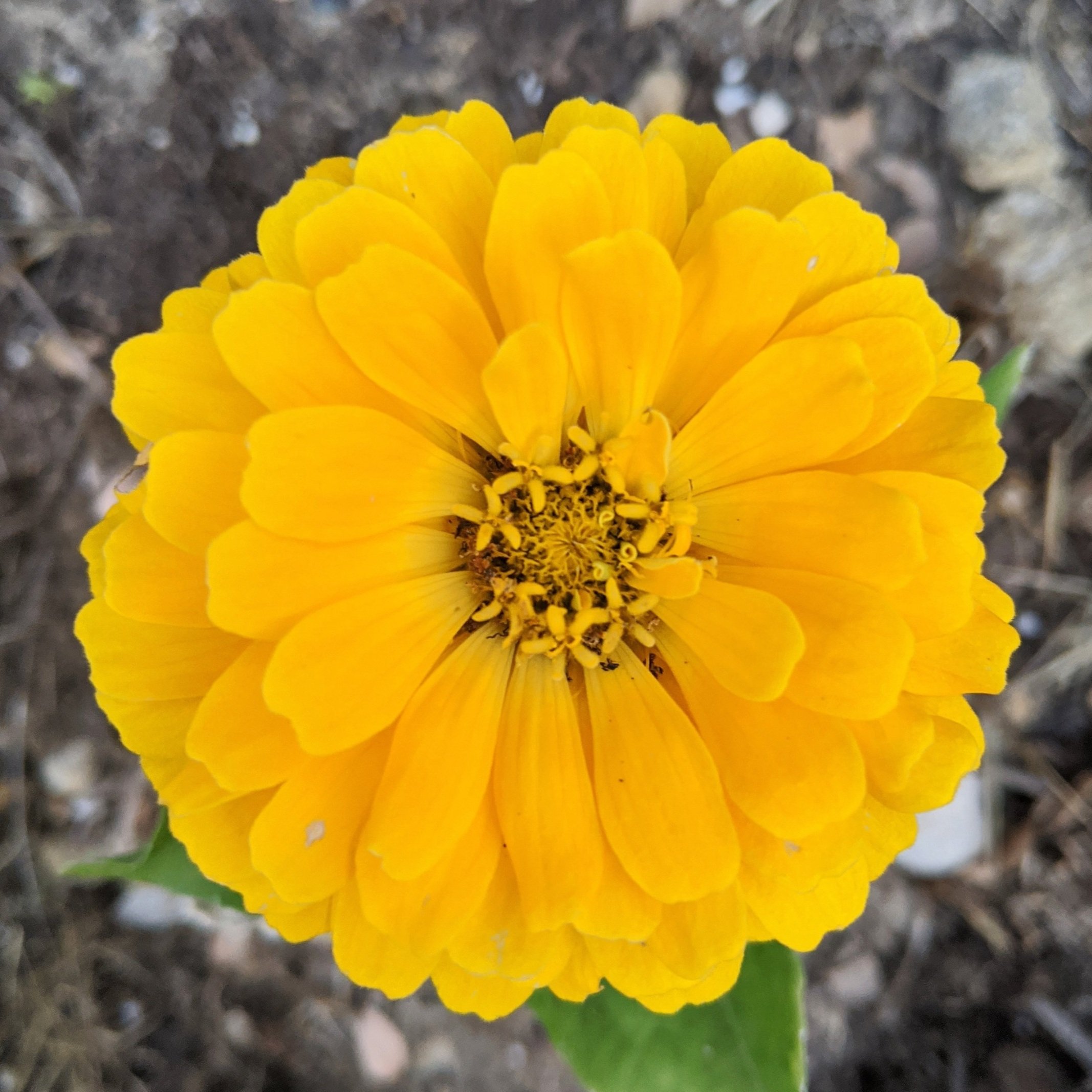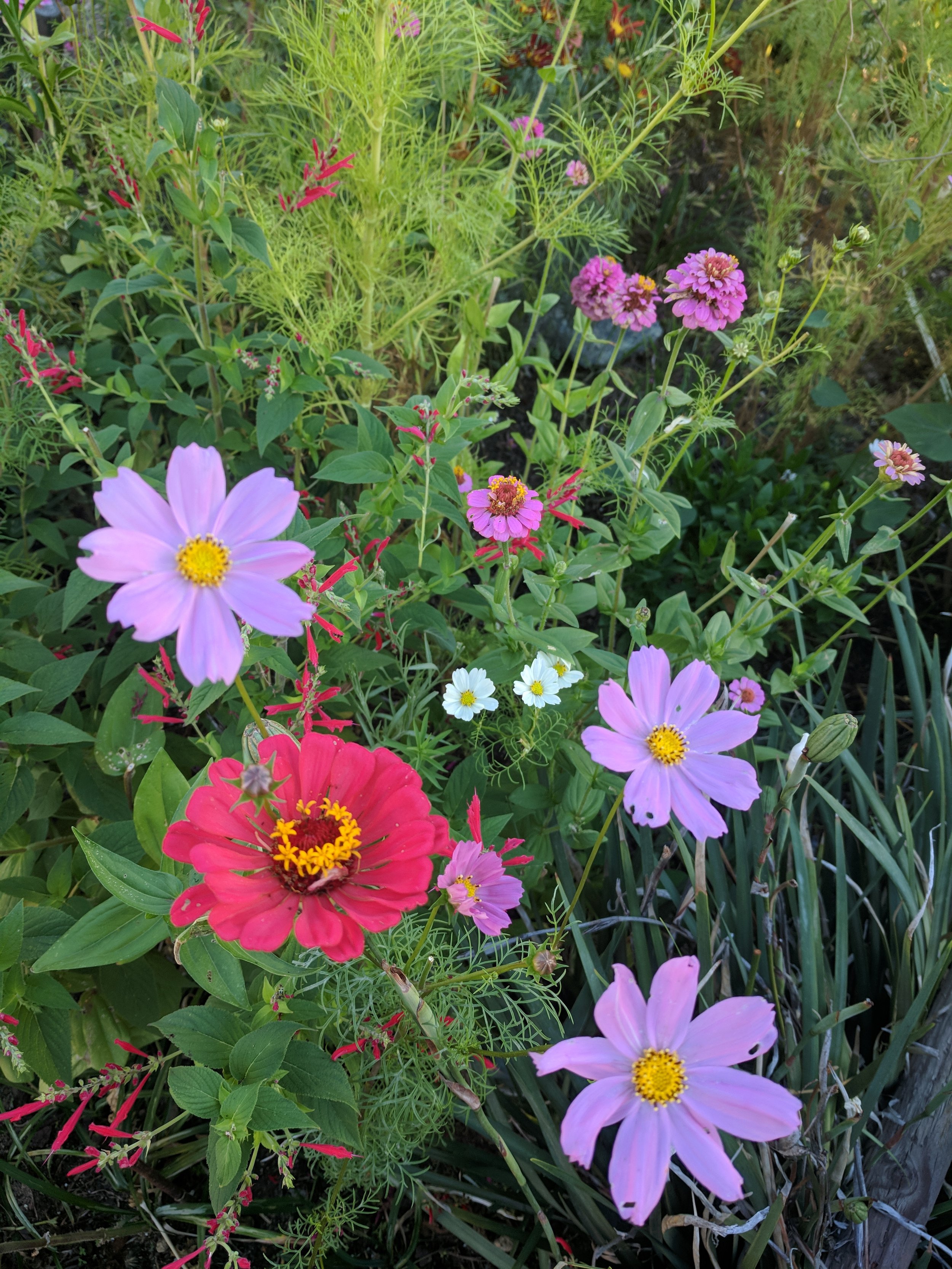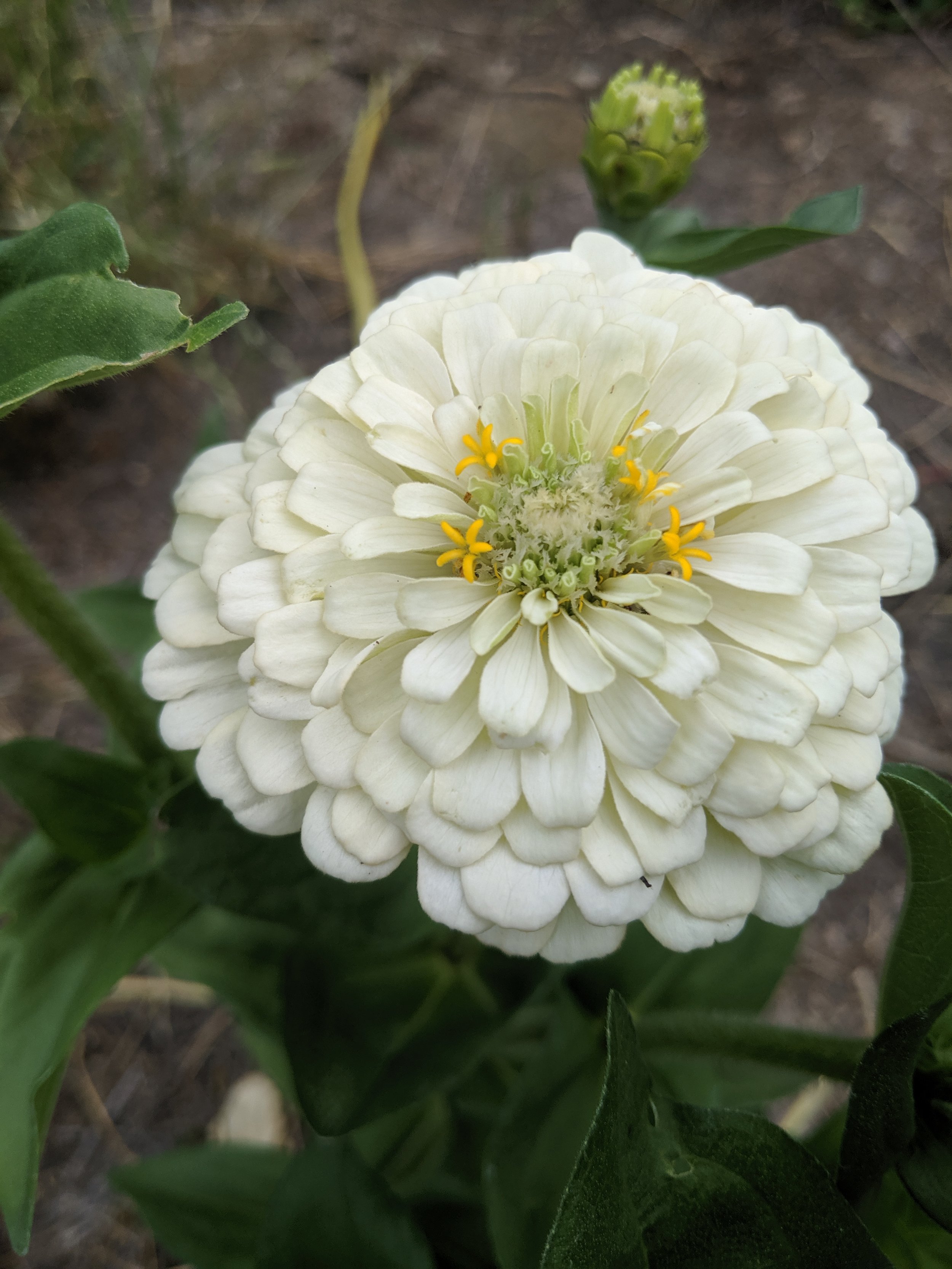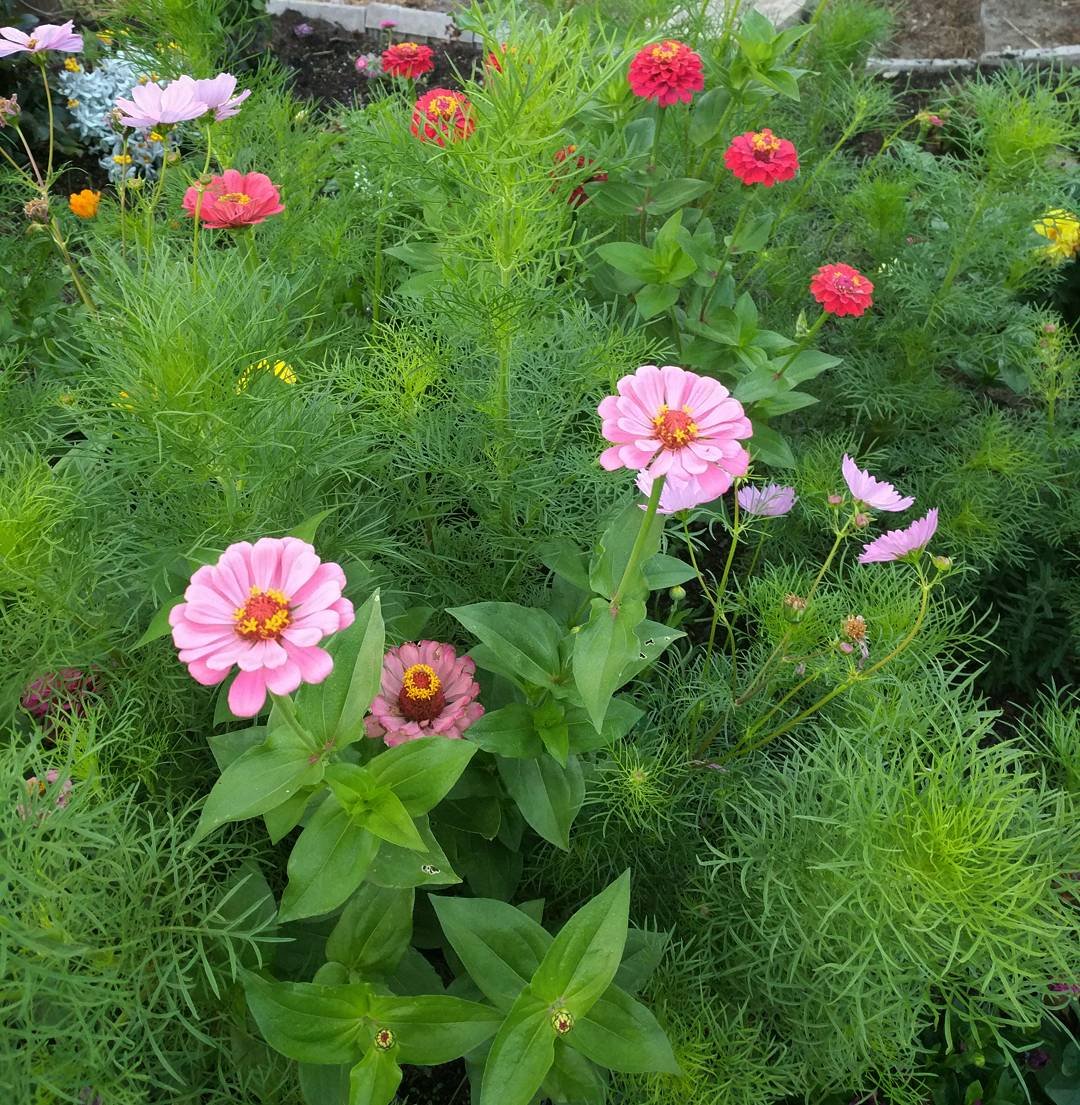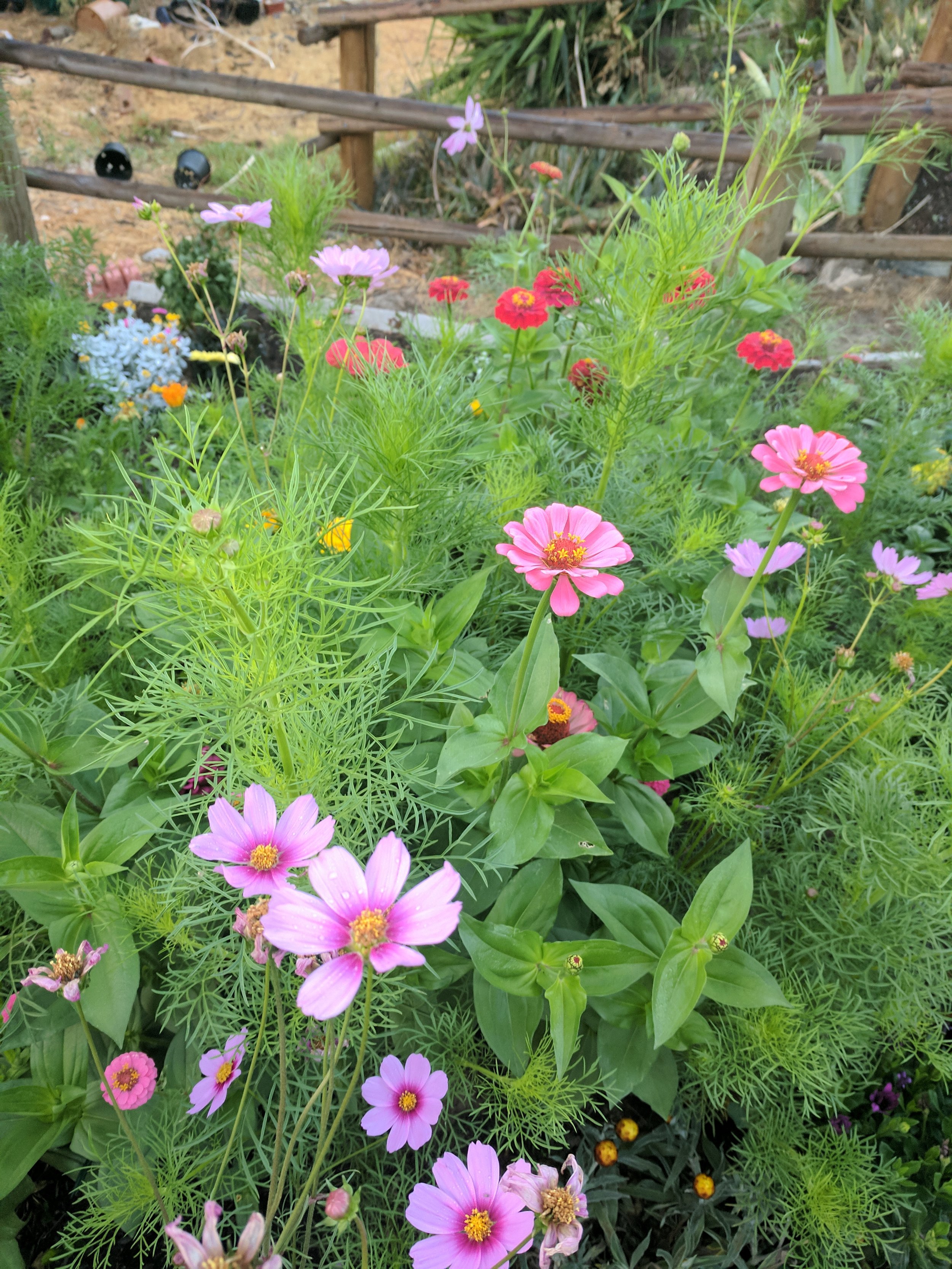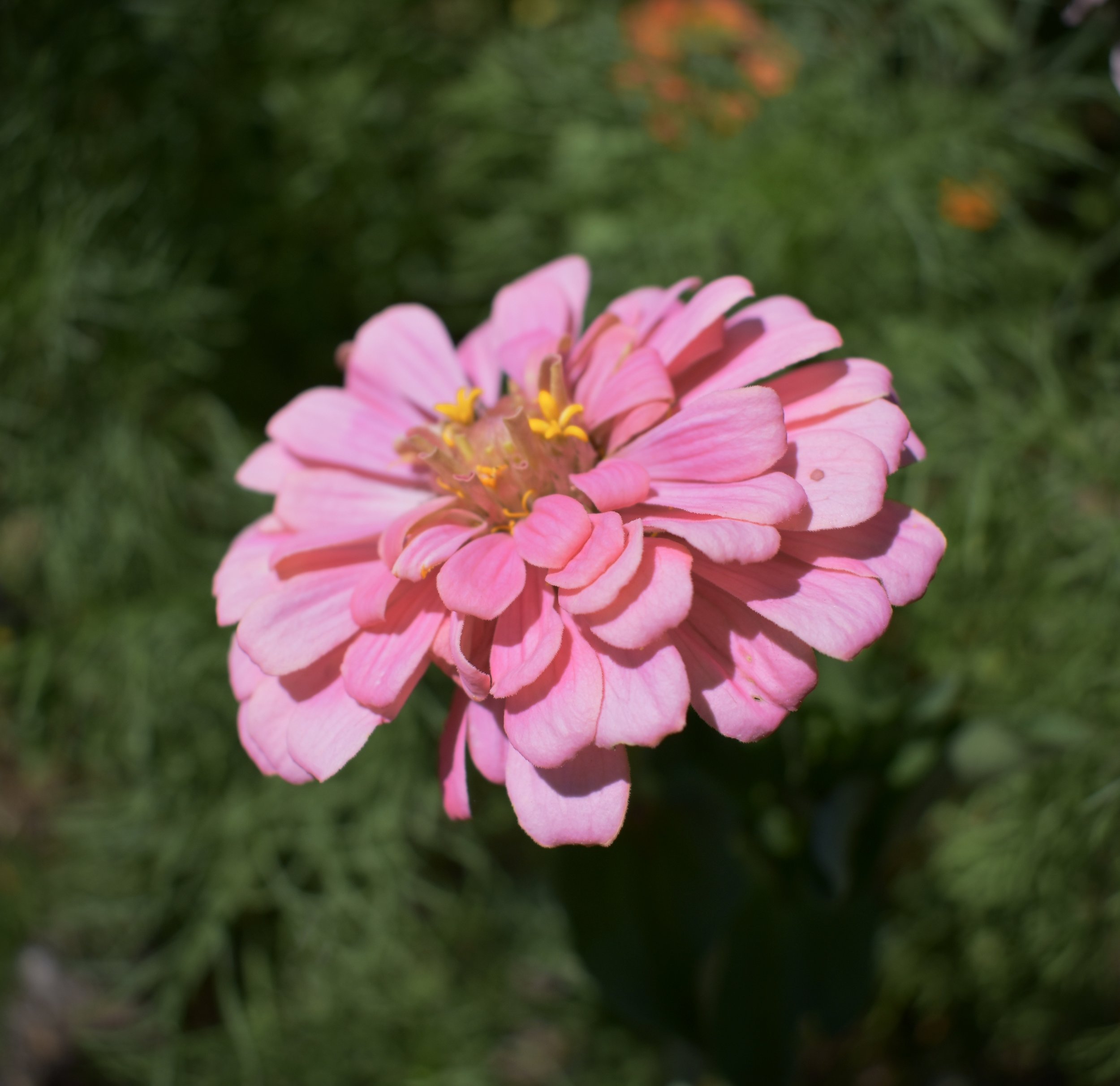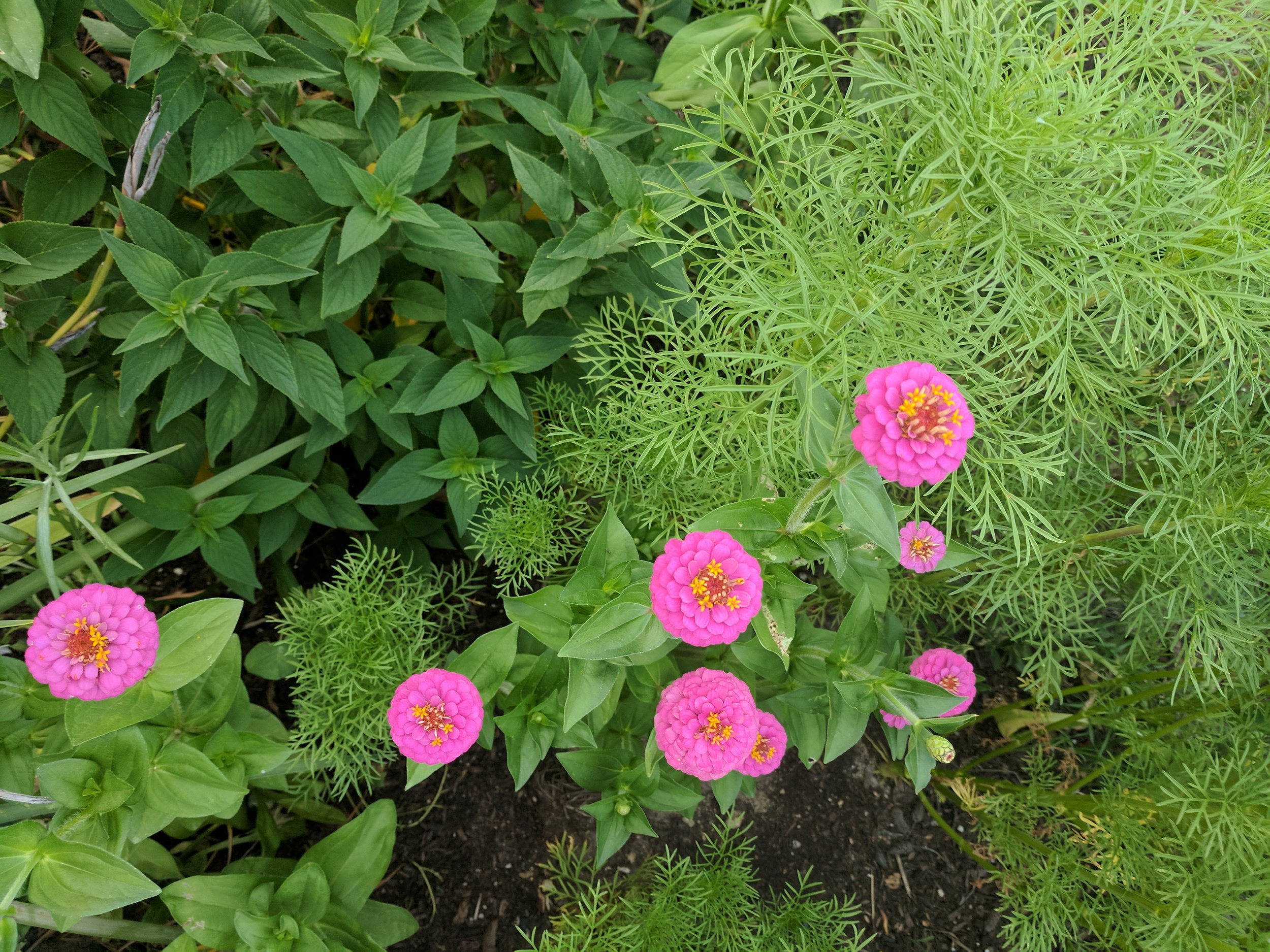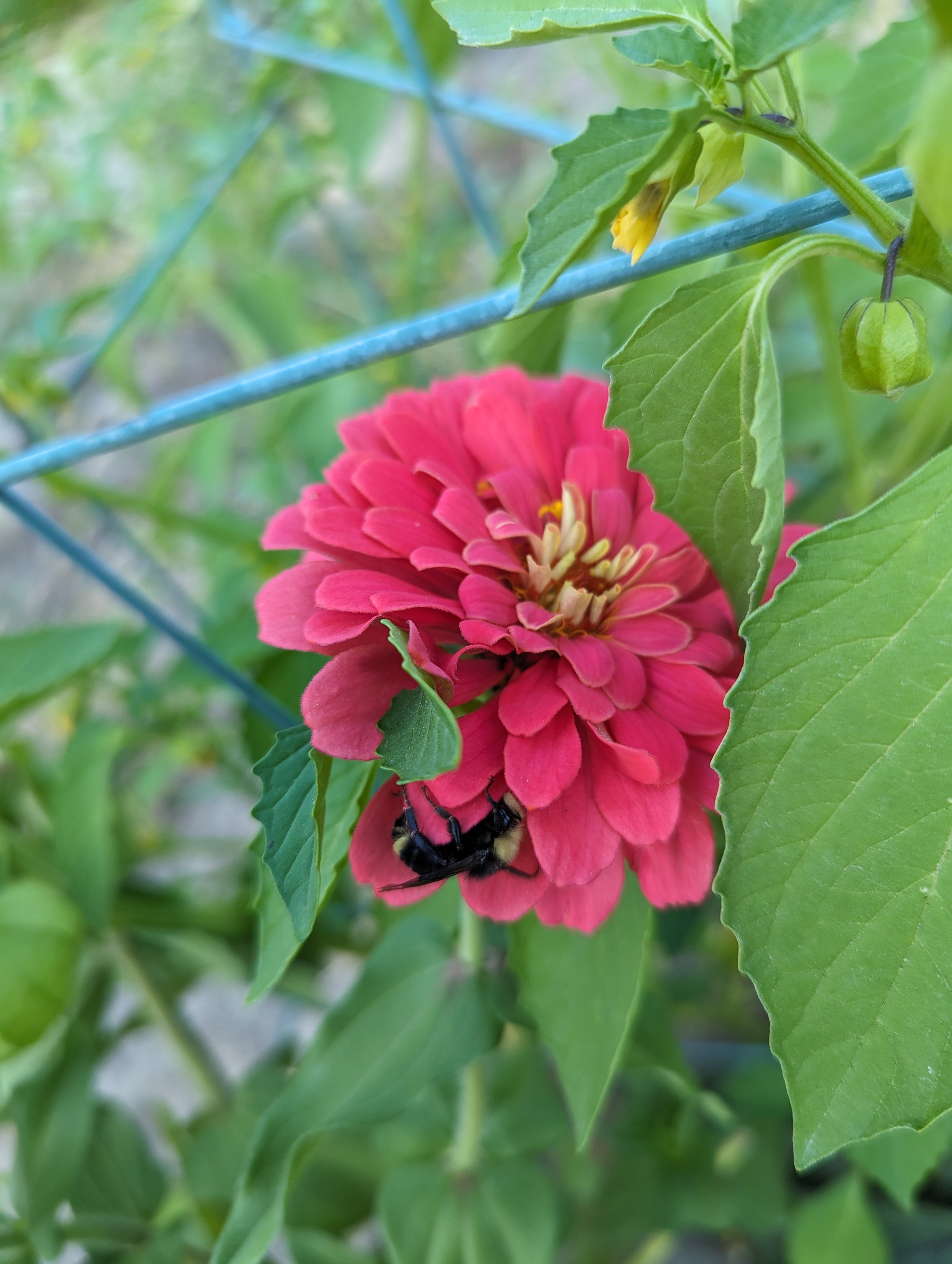Zinnias: The Vibrant Mainstay of California Summer Gardens
Dive into Zinnias, a summer garden staple admired for its vibrant hues and effortless charm. These bright flowers are a favorite for both novice and experienced gardeners due to their easy cultivation and ability to attract a parade of pollinators. Their range of colors, from vivid pinks to fiery oranges, breathes life into any garden setting.
Zinnia Varieties: A Spectrum of Colors and Forms
Zinnias come in an array of species, each with unique beauty. Zinnia elegans and Zinnia angustifolia are particularly popular among garden enthusiasts. Celebrated cultivars like 'Queen Lime,' with its unique greenish hue, and 'Benary's Giant,' known for its large blooms, offer stunning visual appeal. The compact and disease-resistant 'Profusion' series, alongside the drought-tolerant 'Zahara' series, provide options for every garden space.
Planting Tips: Sowing Seeds for a Bright Display
Planting zinnias begins with choosing a sunny spot with well-draining soil. Sow the seeds directly into the garden after the last frost, as zinnias thrive in warm conditions. A light soil cover, proper spacing for air circulation, and gentle watering set the stage for successful germination. Early care involves thinning the seedlings to avoid overcrowding and fostering more robust, healthier plants.
Watering and Fertilization: Nurturing Your Zinnias
Regular watering, particularly during dry spells, ensures zinnias' growth and vitality. These plants prefer deep, infrequent watering sessions to encourage root development. A balanced, slow-release fertilizer applied at planting and mid-season promotes vibrant blooms without encouraging excessive foliage growth.
Companion Planting: Creating Dynamic Garden Spaces
Zinnias mingle well with a variety of plants. Pair them with cosmos or marigolds for a brilliant display of color and texture, or place them alongside herbs like basil and rosemary for a garden that's as aromatic as it is attractive. Companion planting can also bolster the garden's health, with certain plants deterring pests or improving soil quality.
Pruning and Maintenance: Maximizing Blooms
Deadheading, or removing spent flowers, is vital to encourage more blooming. If you fall behind on this task, a more drastic cutback can rejuvenate your zinnias, prompting a new flush of growth. Regular inspection for signs of stress or disease helps keep your plants in top condition throughout the summer.
Propagating Zinnias: Expanding Your Color Palette
Propagating zinnias is usually done through seeds. Allow some flowers to develop fully, and collect the seeds for the next season. Ensure they're dry before storing them in a cool, dry place. This method allows you to expand your zinnia collection and share it with fellow garden enthusiasts.
Pest and Disease Management: Keeping Zinnias Vibrant
Zinnias are prone to pests like aphids and diseases such as powdery mildew. Maintaining good garden hygiene, using organic pest control methods, and ensuring adequate spacing and air circulation are vital preventive measures. Observing the plants regularly and addressing issues promptly can keep your zinnias thriving.
Harvesting and Enjoying Zinnias: From Garden to Vase
Zinnias make excellent cut flowers. Cut the stems early in the morning when they are most hydrated for the longest vase life. Use a sharp tool to cut the stems at an angle and immediately place them in water. Remove any leaves below the water line to prevent rot. Zinnias can bring a splash of your garden's beauty into your home, brightening any space with their colorful blossoms.
Zinnias are a delight to grow, offering a rewarding experience with their dazzling display of colors and ease of care. They enrich the summer garden with life, color, and activity, inviting gardeners of all levels to enjoy the joys of planting and nurturing these beautiful flowers. Embrace the splendor of zinnias and make your summer garden a vibrant sanctuary.


